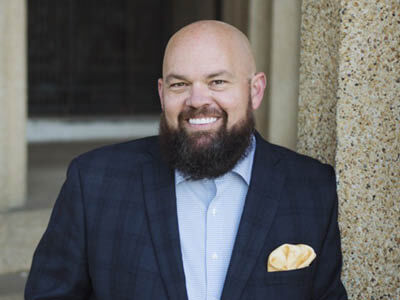A new generation of musicians is revitalizing the music scene in Cuba
News > Top Stories

Audio By Carbonatix
12:51 AM on Wednesday, September 24
By ANDREA RODRÍGUEZ
HAVANA (AP) — Cuban teenagers Fabio and Diego Abreu seem shy at first, but the moment they step on stage, they become confident, filling a concert hall in downtown Havana with a hypnotic form of traditional jazz.
The Abreu brothers, aged 19 and 17, are part of a new generation of musicians revitalizing Cuba’s music scene. They are filling a void left by established performers who have emigrated or stayed abroad as the island endures one of its most dire economic crises in decades. Their rise is also fueled by the opening of small, private venues for their shows and the relatively recent spread of internet access on the island, which they use for promotion.
“We do what we like and we’re fortunate enough to make a living from what we love, which is music,” 19-year-old Fabio Abreu said shortly before a concert at the Fábrica de Arte Cubano, a sprawling cultural center housed in a former factory that now operates as an art gallery, music venue and nightclub.
And it's not just good old traditional jazz like that of the Abreus. Young musicians in Cuba are experimenting with everything, mixing traditional Cuban music like timba and salsa with newer, more daring sounds like electronic music and hip hop.
The Cuban music scene is both complex and interesting, said Michel Hernández, a writer and journalist specialized in music. “The recent migration of major Cuban artists — many with established careers — has created a void that is now being filled by a new generation of musicians,” he said.
The emerging scene is highly hybrid, he said, blending rock, pop and electronic music with traditional Afro-Cuban music styles such as “son,” which is the root of salsa. The phenomenon has led to the rise of new genres, including the highly commercial “reparto," a genre that originated in Havana’s working-class neighborhoods and is known for its explicit lyrics.
In addition to new sounds, many of these artists are now performing in small, private bars that have opened over the last decade. And lacking a formal record industry, young Cuban artists rely heavily on social media and the internet — a tool only widely available on the island since late 2018. They also depend on music videos, some of which are made with very low production budgets, that are shared between phones.
One of them is Melanie Santiler, a 23-year-old pop singer and songwriter who has gained a following among young people. She credits online videos for much of her success. Her Instagram account boasts 248,000 followers, while her YouTube channel has 73,000.
“We emerging musicians are the ones carrying the flag and shaping the future of Cuban music," she said. “For me, this is a decisive moment.”
The genre of the moment, “reparto,” is a fusion of reggaeton and traditional island sounds, which artists like El Taiger and Bebeshito have helped bring to the United States.
“Cuba has produced many spectacular artists, a countless number of very important orchestras,” said Dasiel Mustelier, a 22-year-old musician who performs under the name Wampi.
Trained as a saxophonist, Wampi is one of the most prominent creators of “reparto” with 712,000 followers on Instagram and over 300,000 on YouTube.
With a European tour set for November and December, Wampi is also collaborating with Cuban global stars like Cimafunk, a testament to his rising influence.
“Young people should take full advantage of this moment," he said.
____
Follow AP’s coverage of Latin America and the Caribbean at https://apnews.com/hub/latin-america












